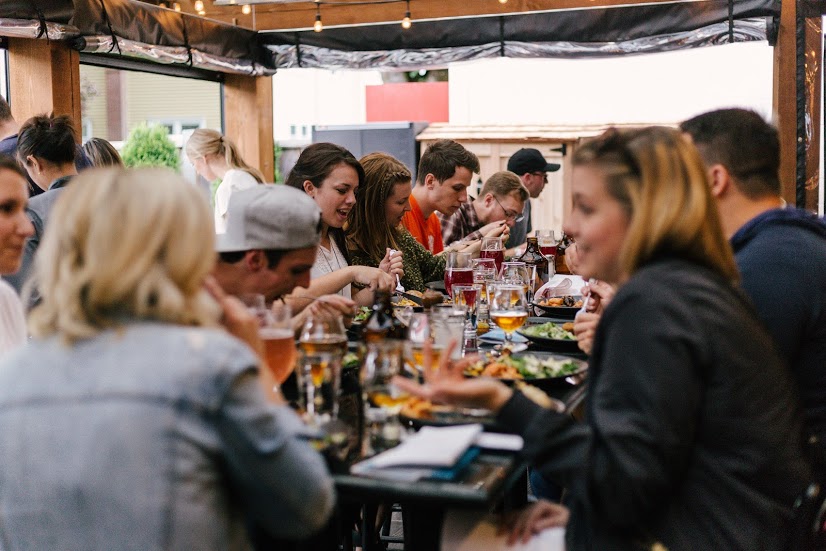Traveling for Thanksgiving? Here are some travel tips
November 20, 2020
With just a few hours before Thanksgiving break begins, The George Anne spoke with Michele Martin, associate director of student wellness and health promotion, about some last minute tips for our trips.
“Depending on where you are traveling, you want to check out any travel restrictions that might exist in that location,” said Martin. “You want to check into that state and what travel restrictions might exist before you go.”
“It’s always, always, always good but even more important this year, to get your flu shot before you travel,” Martin explained. “The flu and COVID-19 will have some similar symptoms. If you have a flu shot, it doesn’t mean you’re not going to get the flu. It doesn’t mean you’re not going to get Covid-19. But it does mean that if you get them—both of them—you are less likely to have a severe case. And if you got COVID-19, you went to the doctor then they would have reason to believe you had [COVID-19] versus the flu.”
When it comes to the actual journey, Martin encourages us to maintain social distancing, wear our face masks in public settings or when traveling in a vehicle with someone we don’t live with and limiting food and restroom stops to cut down on the amount of risk.
“Bring extra supplies with you. Maybe bring some extra hand sanitizer, bring some extra masks, so that you don’t leave yourself hanging,” said Martin.
Martin added that precautions shouldn’t stop once you arrive at your destination.
“If you are traveling somewhere the climate is fairly mild… you might think of opening some doors or opening some windows or visiting outside,” Martin said. “If it is a little bit colder you can visit outside maybe put on some extra layers, or if you have an outdoor pit available, or outdoor heater that you could utilize while you’re outdoors to just make it a little more comfortable and not risk going indoors for extended periods of time where the risk will increase.”
Other tips Martin provided were things like, reducing the size and amount of gatherings when possible, having events over Zoom or other video call sources, smaller individual desserts, reducing the amount of people coming into contact with the food when cooking or serving, and quarantining.
“Quarantining means that you limit your activity,” Martin explained. “It doesn’t mean you’re on lockdown, it doesn’t mean you can’t go anywhere, it means that you limit them. You reduce your activity or your normal out and about.”
Quarantining is key when it comes to traveling in the current climate.
“Limiting your interactions with people and limiting your interactions in public settings should be on your mind,” Martin added. “If we are traveling we’re traveling to a place that has a very dense population… the risk is probably much higher because there’s probably more cases of covid there and you’re interacting with more people.”










